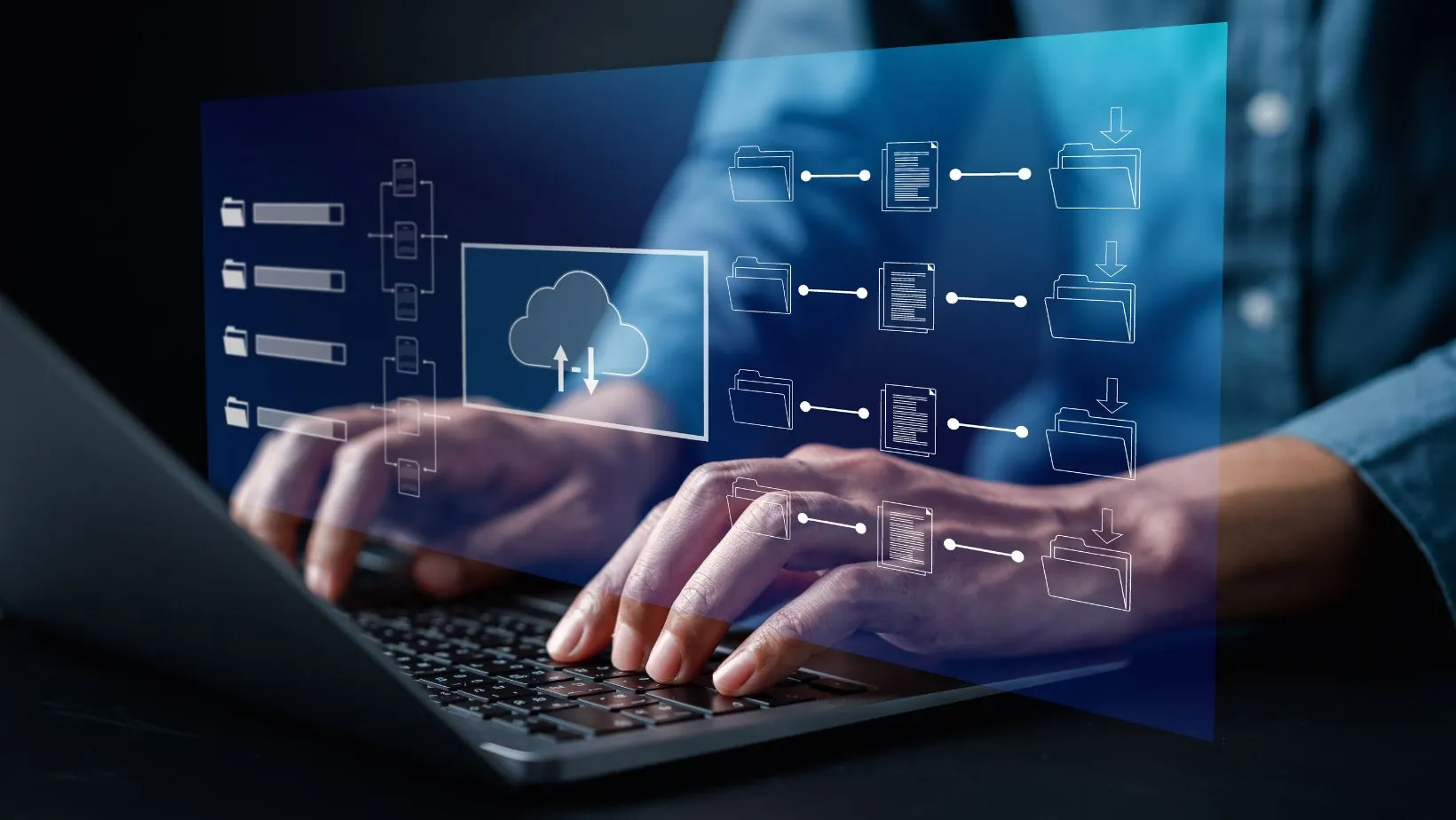In contemporary workspaces, employee onboarding is essential in determining what a new hire is exposed to. A great onboarding process is beneficial; it helps new hires become part of the company culture and provides the tools they need to succeed. A Learning Management System (LMS) is one of the tools that has made this easier. An LMS helps with onboarding and also helps organizations design and deliver courses.
The Role of an LMS in Onboarding
A Learning Management System (LMS) is just one way to centralize the training required for new employees. This makes it easier to disseminate information and ensures consistency in training employees. An LMS for employee onboarding allows organizations to streamline and standardize their onboarding processes.
They can access training materials anytime throughout the day without being restricted by time and location. Such flexibility is paramount in adjusting various learning techniques and availability. Furthermore, an LMS helps monitor progress and completion statistics, providing information on how effective the training program is.
Onboarding Course Creation
LMS involves taking steps to demystify course creation for induction. First, organizations must define what skills and competencies new hires need to learn. This requires discussing with team leaders and managers what information is necessary to do different jobs.
After identifying the relevant content, designing the course follows. An LMS usually provides various course authoring tools, such as templates, multimedia, and interactivity. Such tools ensure organizations create engaging and informative content to attract new hires.
Rich Media Plus Interactive
A significant benefit of an LMS is that multimedia and interactive elements can be added to courses. Videos, quizzes, and simulations can increase user engagement and retention rates. These aspects grab attention and help learners remember things.
For example, a company may incorporate video tutorials on how best to use its software or quizzes to reinforce the main points. These methods suit different learning styles and engage every employee to derive the maximum benefit from the training.
Tracking and Feedback
The ability to track progress is one of the key features that an LMS should have. It allows organizations to keep track of course completions and track levels of employee engagement. Companies can use an analysis of this data to determine areas where employees could use more assistance or could use improvement.
Additionally, LMS platforms offer feedback mechanisms, another type of interaction. The courses can be reviewed by the new hires, which in turn can be used to improve the quality of training content. This cycle of ongoing improvement keeps content up to date.
Customization and Individualization
Different organizations have different needs for onboarding. An LMS allows you to customize the courses according to your requirements, such as company policies, culture, role-specific training, etc.
This customization helps organizations have employees receive relevant information that aligns with the organization and their job roles. Personalization also shows that you care about the employee’s growth, meaning that you create positive impressions from the beginning.
Efficiency With Lower Investment
Many organizations find that implementing an LMS for onboarding is a cost-effective solution. It also minimizes in-person training. This means less need for in-person training sessions, which usually require more resources. Digital courses are more profitable for companies, requiring no further investment to reach the masses.

Risks and Concerns
The initial phase poses some difficulties, even though an LMS has numerous advantages. Creating decent content takes time and know-how. If organizations are offering courses in-house, they need to train content creators or hire them externally; the quality of the course is very important.
Several potential technical issues exist, so you need to make sure that you have support. Organizations should also upgrade their LMS regularly because technology changes frequently, and employees’ needs change.
To Sum Up
A Learning Management System (LMS) is an excellent option for improving employee onboarding. It facilitates the creation of courses, helping new hires acquire the skills and knowledge they need to become effective. An LMS turns the onboarding process into a highly interactive and engaging experience by harnessing multimedia, customization, and scalability. Using an LMS for onboarding will always be critical to employee success as organizations evolve and scale.



